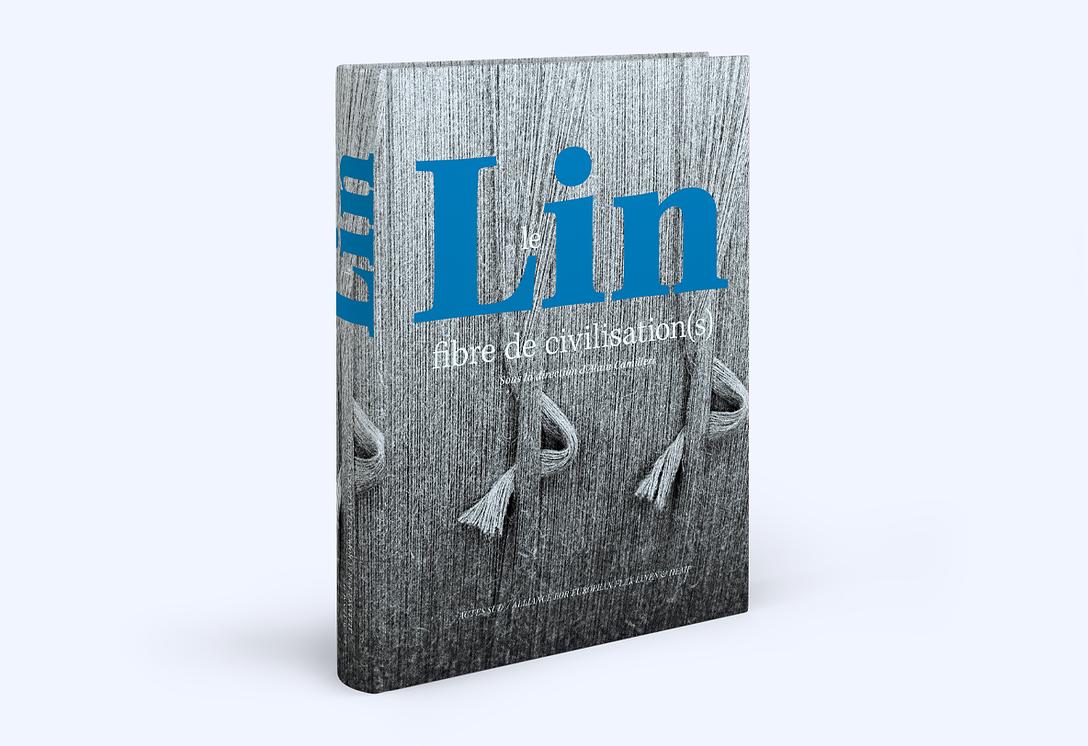"Flax-Linen, fibre of civilisation(s)" book, presented at the Mobilier National during a round-table
06 December 2023
- Linen
Alliance for European Flax-Linen & Hemp was invited to a round table at the Mobilier National on 23 November 2023. Here's a look back at the event, which provided an opportunity to celebrate linen.
%20Mobilier%20National.jpg)

%20Mobilier%20National%20-%20Alain%20Camilleri%20-%20Francois%20Azambourg.jpg)
%20Mobilier%20National%20-%20Intervenants.jpg)
%20Mobilier%20National%20-%20Lin%2094%20Francois%20Azambourg.jpg)


.png)



